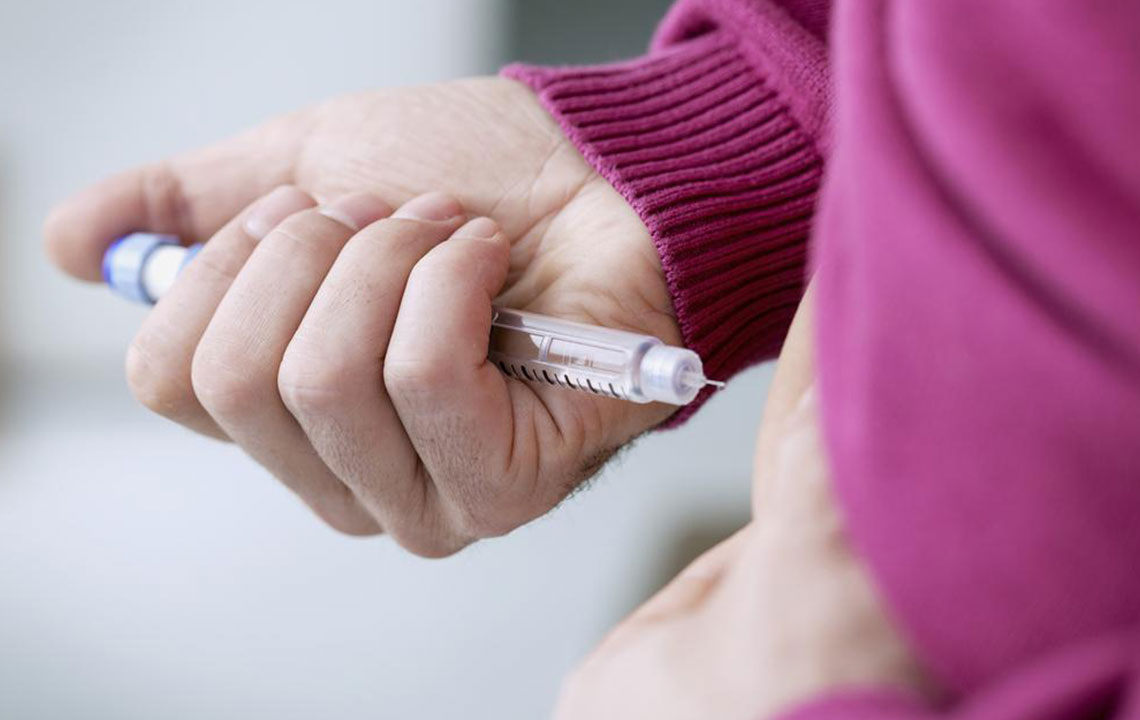Make Your Life Easy with Insulin Pens for Diabetes

Diabetes patients who require regular insulin shots have a difficult time managing the medications. While they could give themselves the needed insulin injections at home, they had to keep the syringes, vials, and disposable needles ready.
One also needs to be careful about the dosages and the times they need to give themselves the medications. If they need more than one type of insulin medication, that complicates the matter even further.
Keeping track of the times, dosages, and the paraphernalia needed could be hard. To solve this purpose, insulin pens were designed around twenty years back. The pens made the medications easy to take and keep track of.
Insulin injections
Insulin is a hormone that is secreted by the pancreas. In diabetes patients, insulin production is reduced, causing more sugar to collect in the blood. This can affect various organs in the body eventually.
To offset this, patients are advised to take insulin shots. It compensates for the reduction in natural insulin levels in the body. There are many types of insulin medications used in the shots. These differ by the time to take effect (onset), the time when the medicine is most effective (peak), and the period it stays in effect (duration).
Thus, there are Short-Acting Insulins, Rapid-Acting Insulins, Intermediate-Acting Insulins, Long-Acting Insulins, and Pre-Mixed Insulins.
Insulin pens for diabetes
Diabetics were allowed to self-medicate after instructions from their doctor. It helped save several trips to a medical center. However, handling syringes and giving themselves injections was still a difficult task. Especially for people with joint problems or other afflictions that curbed dexterity.
The invention of insulin pens made life easier for diabetes patients. The pens came preloaded with several units of insulin, and they just had to insert a disposable needle into the pen for each shot and inject themselves. Doctors advised the right pens to choose, for the correct dosages of the correct type of insulin.
Types of insulin pens for diabetes
Insulin pens are storage and delivery systems combined. You don’t need to take out medicine vials and syringes. The pens contain units of the right insulin type for each shot. You just select the dosage and inject yourself.
Some pens even come with combinations of two insulins, ideal for those who need to take more than one type of insulin shots. There are also reusable pens and disposable pens.
Disposable insulin pens for diabetes
These pens come with a set of preloaded units of insulin. You have to store the pen itself in the refrigerator before first use. Once you start using it, store at room temperature. Do not use them beyond 28 days. Once you use up all the units of insulin, or you have kept the pen at room temperature for more than 28 days, throw it away and get a new one. Disposable pens are the most common types of insulin pens used by diabetics.
Reusable insulin pens for diabetes
Reusable pens come with cartridges that are loaded with a specific number of insulin shots. You need to load a cartridge into a reusable pen to give yourself shots. Store the cartridges in the refrigerator before first use. Then keep the loaded pen at room temperature. Like with the disposable pens, do not use a loaded cartridge beyond 28 days. Replace with a new cartridge once you have used up the shots.
Combination shots insulin pens for diabetes
Some diabetes patients need to take more than one type of insulin each time. For them, some pens come with a premixed combination of two types of insulins in each unit. Get your doctor’s advice to see if pens with the right combo of medicines are available in your case.
Features and usage of insulin pens for diabetes
Insulin pens can come in unique textures to help easily differentiate them from other pens. Many pens come with a spring-loaded mechanism which lets you use the pen easily without needing to exert more pressure. Some pens even alert you when the right dosage has been delivered. There are special types of insulin pens that can display the time and dosage of the last shot.
Using insulin pens for diabetes
Whether disposable or reusable, you need to follow these steps to give yourself insulin shots. You may need to prime the pen to ensure that the needle does not contain air.
- Uncover the disposable needle and insert it into the insulin end of the pen
- Dial a dosage using the dosage knob and point the pen in the air
- Press the dose knob up to push the insulin out
- Do this until you see insulin at the tip of the needle
Once primed:
- Dial the correct dosage and hold the pen at right angle to the injection area
- Press the knob and deliver the insulin shot
- Hold the pen to your skin for a few seconds to ensure that the shot has been completely delivered
- Pull out the needle from the skin
- Remove the needle from the pen and carefully dispose of it
- Store the pen safely
Insulin pens for diabetes have made it easier for patients to give themselves the required dosages of insulin each day. Take the help of your medical advisor to choose the right types of insulin and insulin pens. Make life easier for yourself with these insulin delivery systems.


